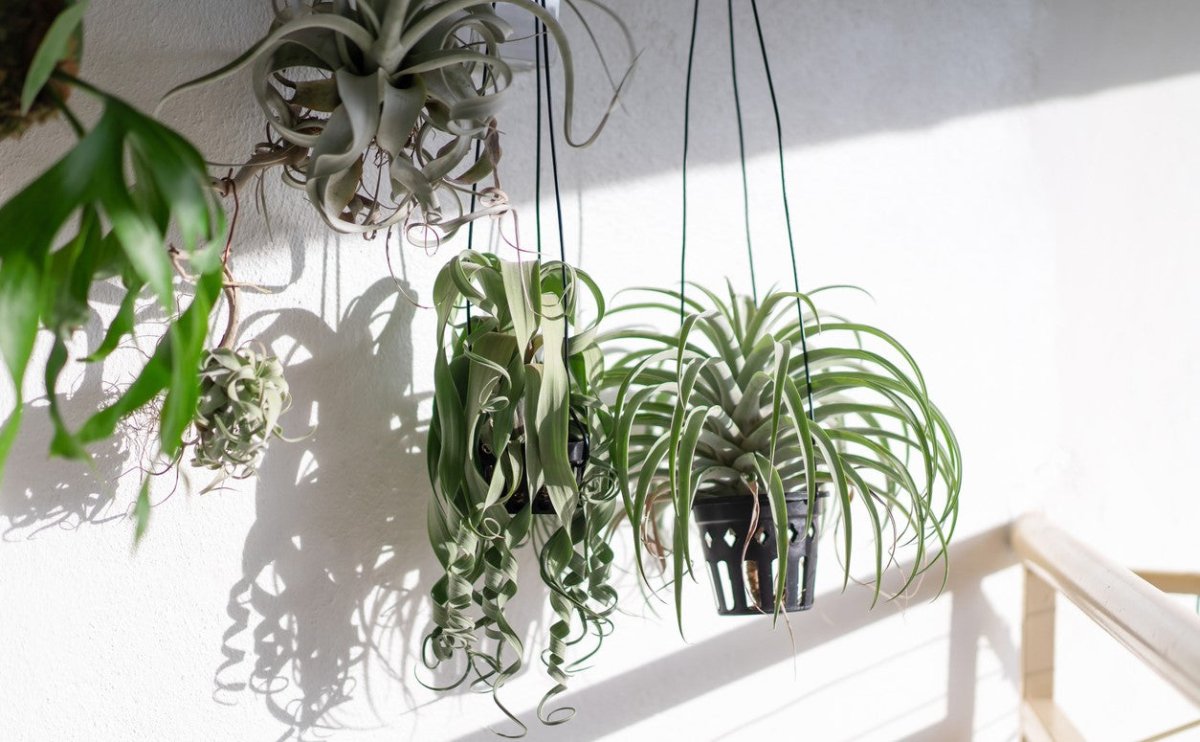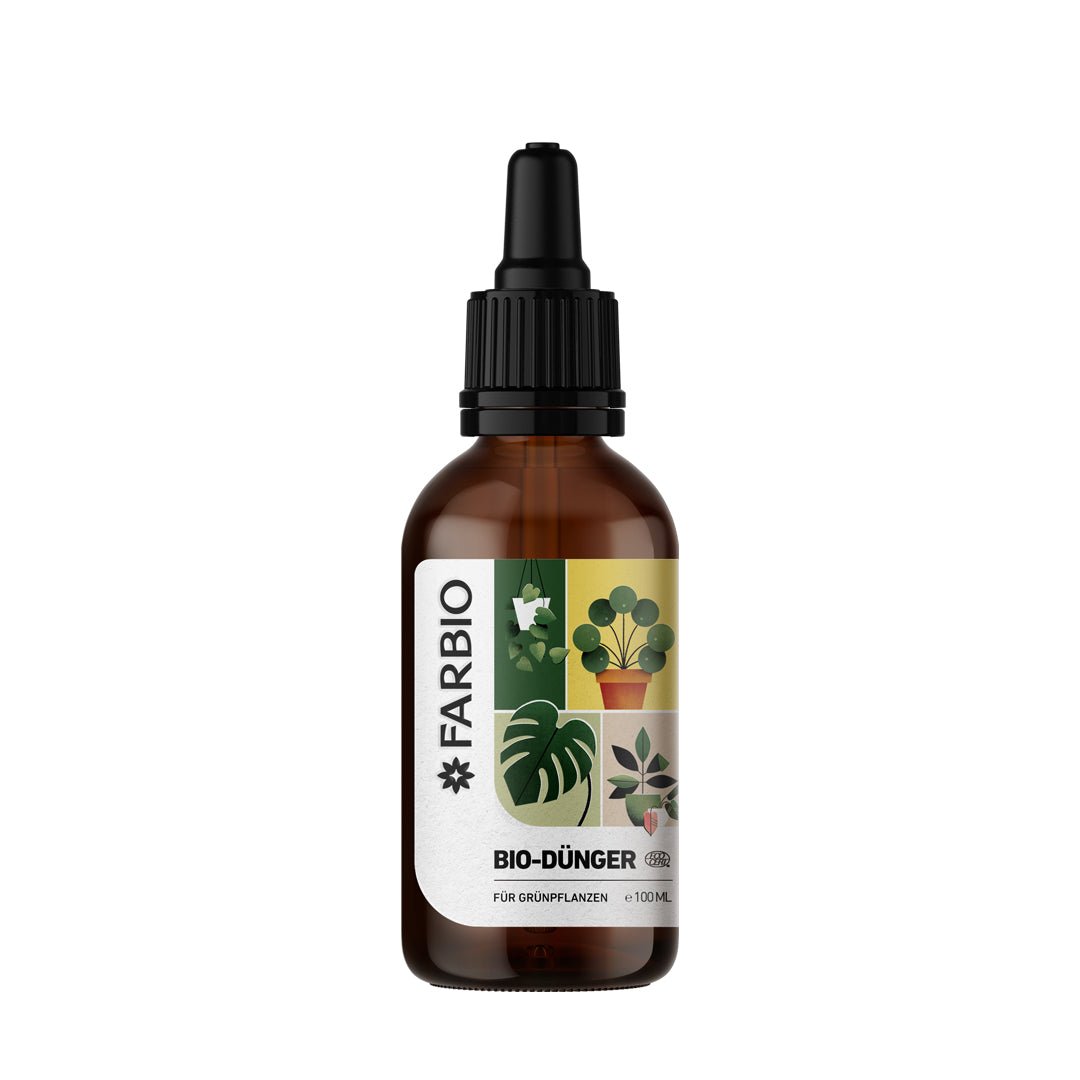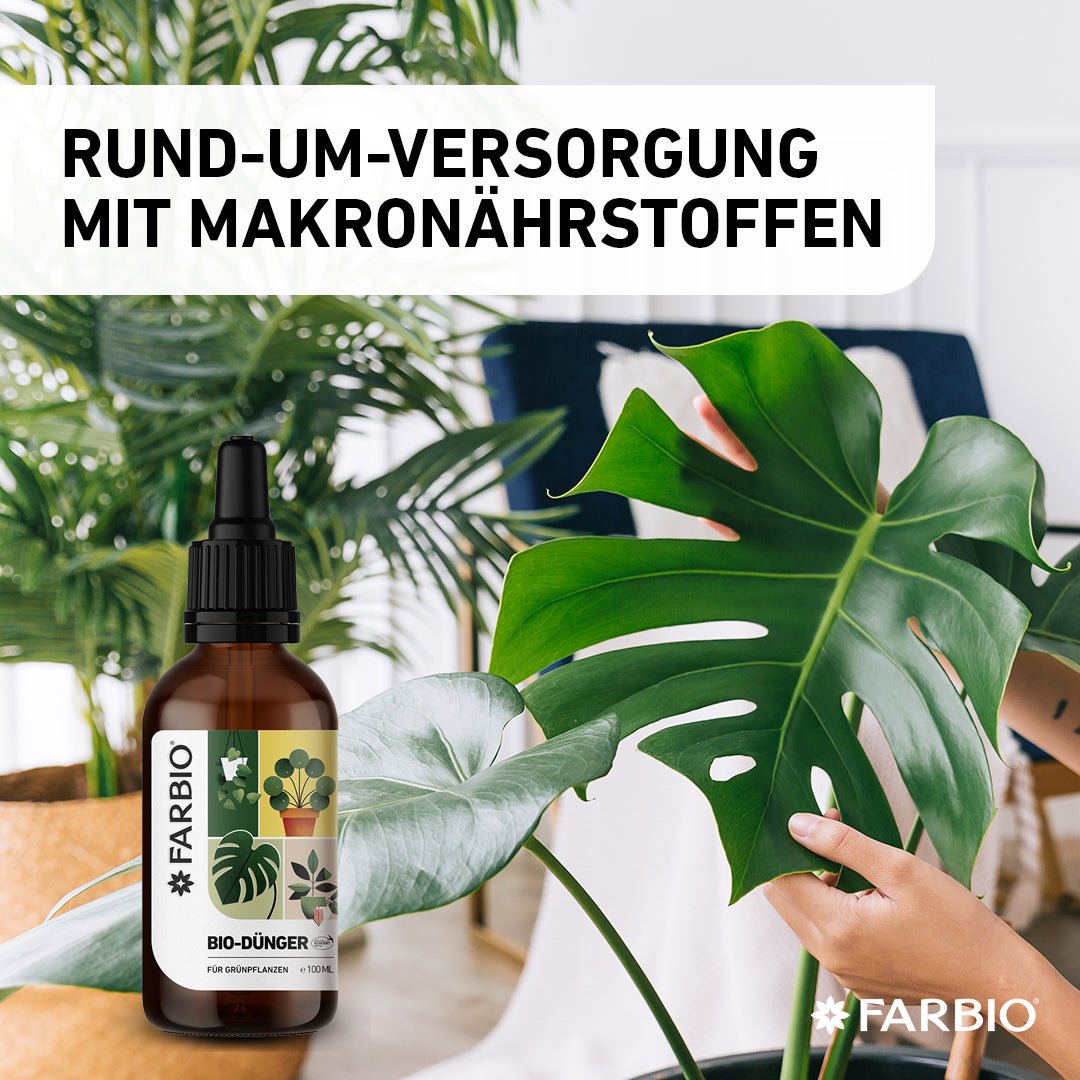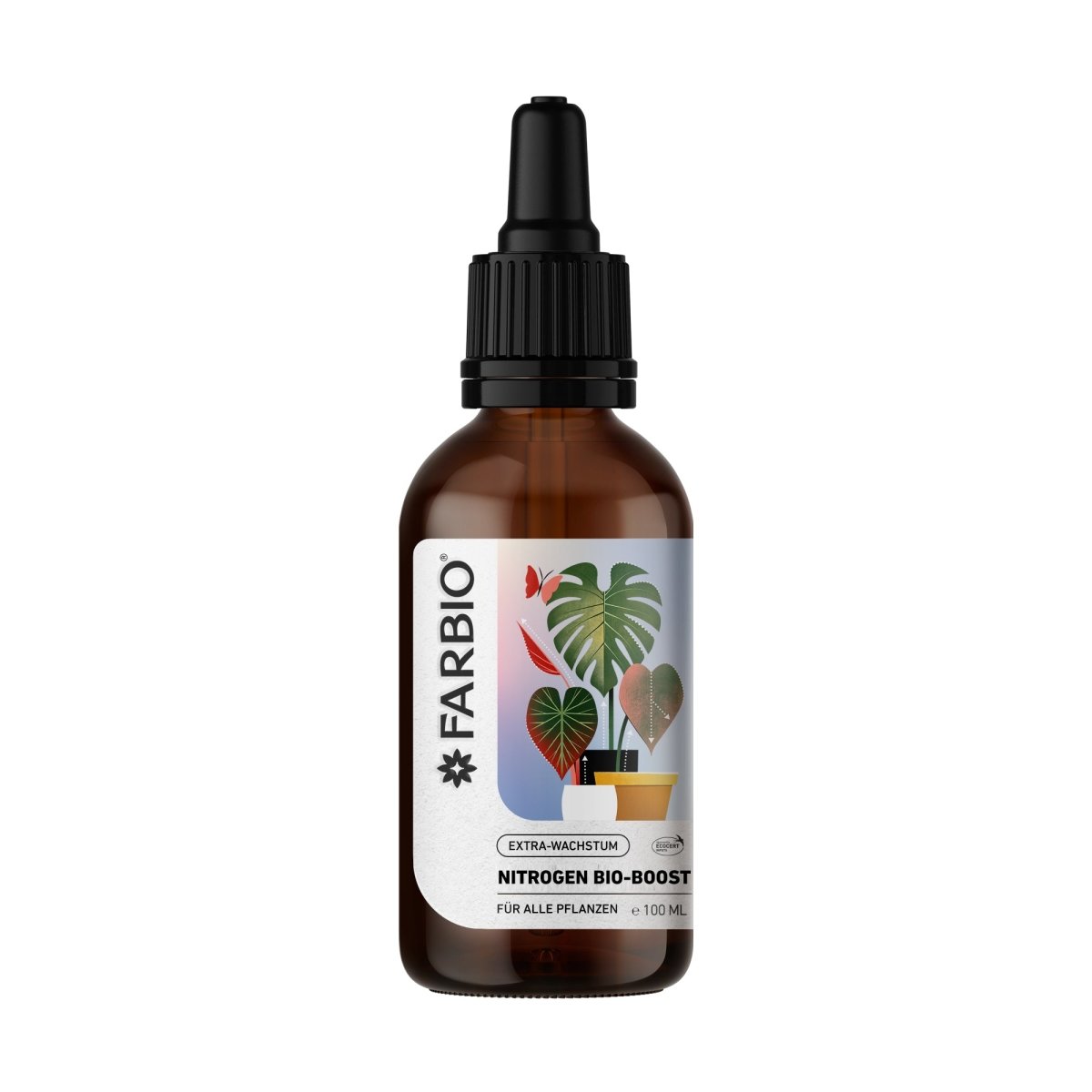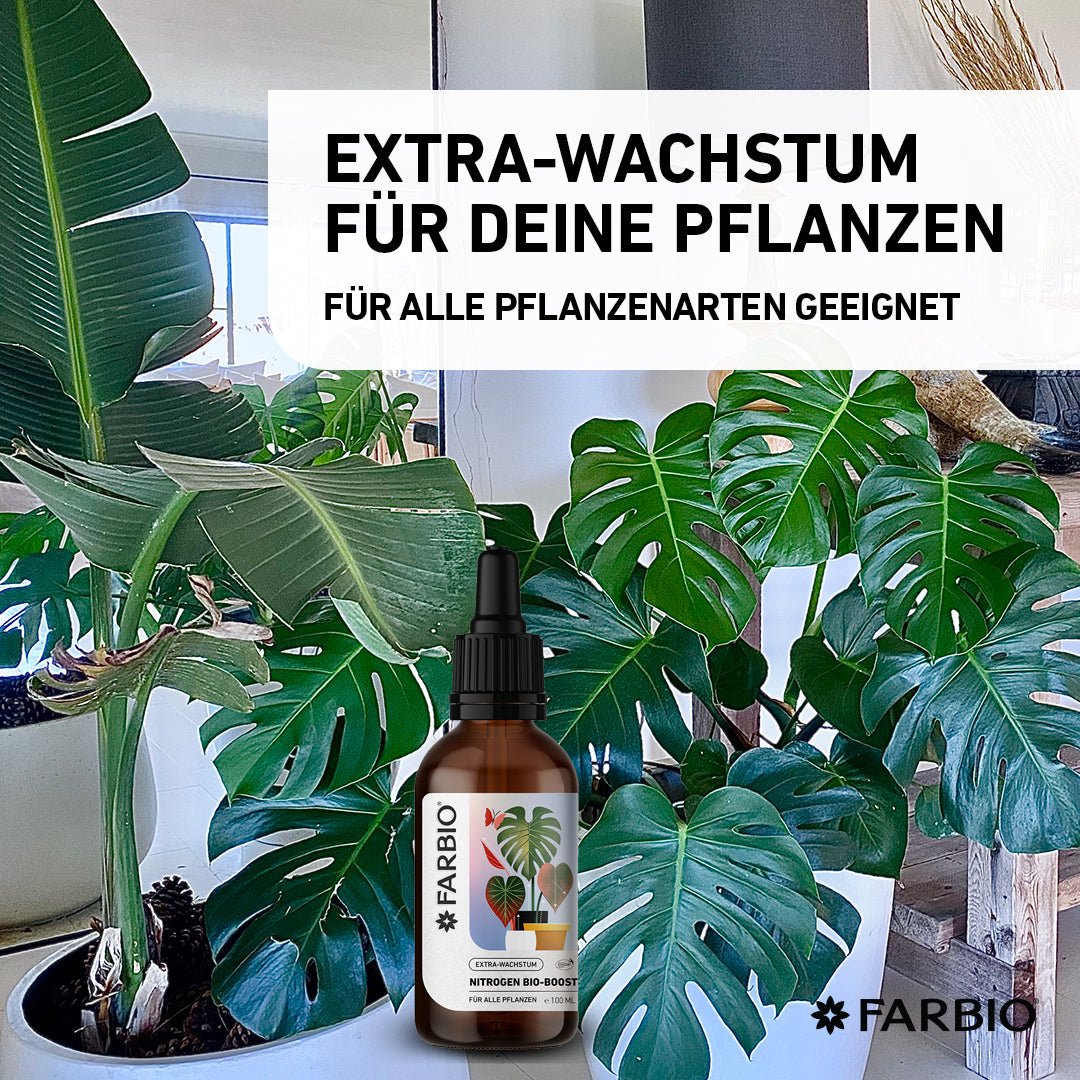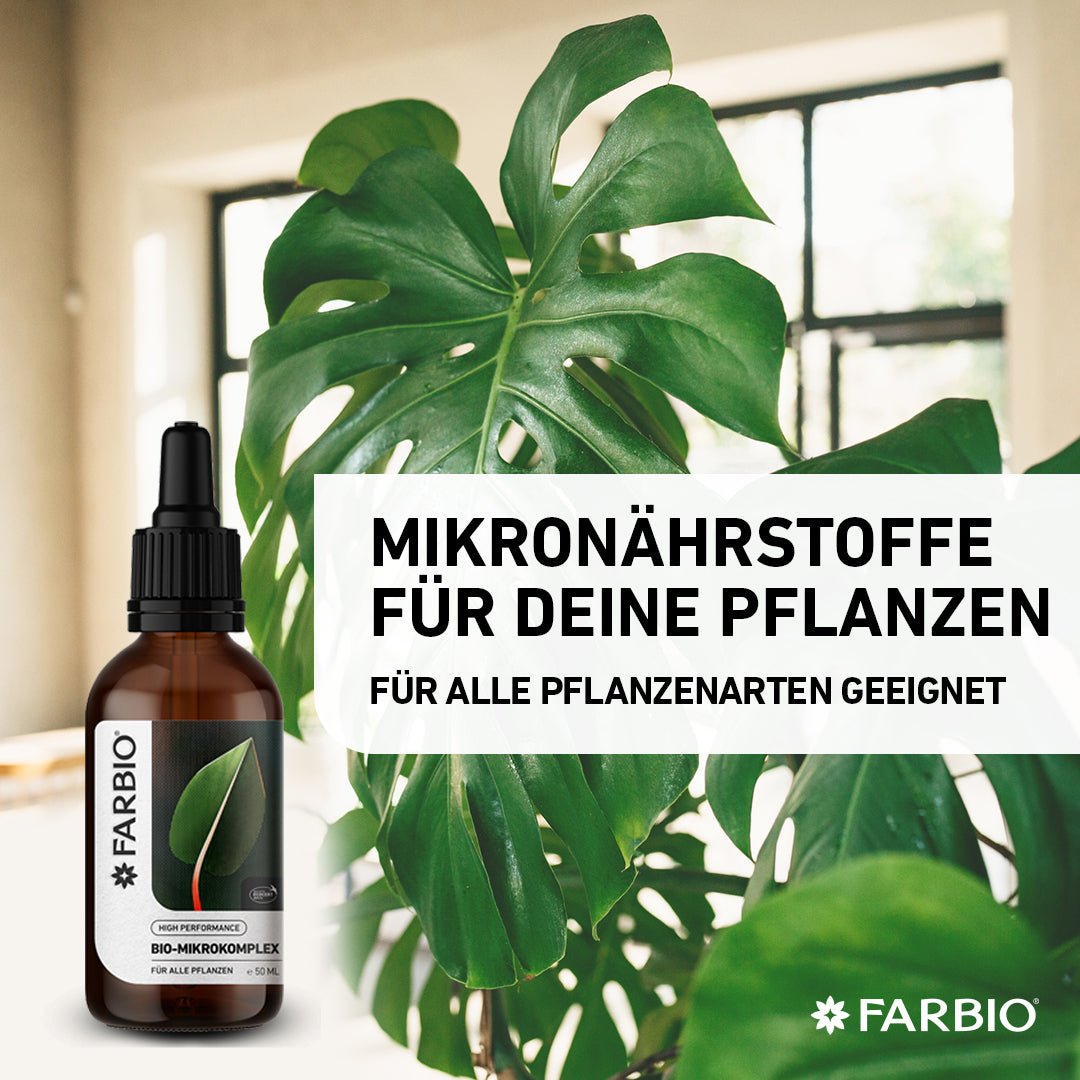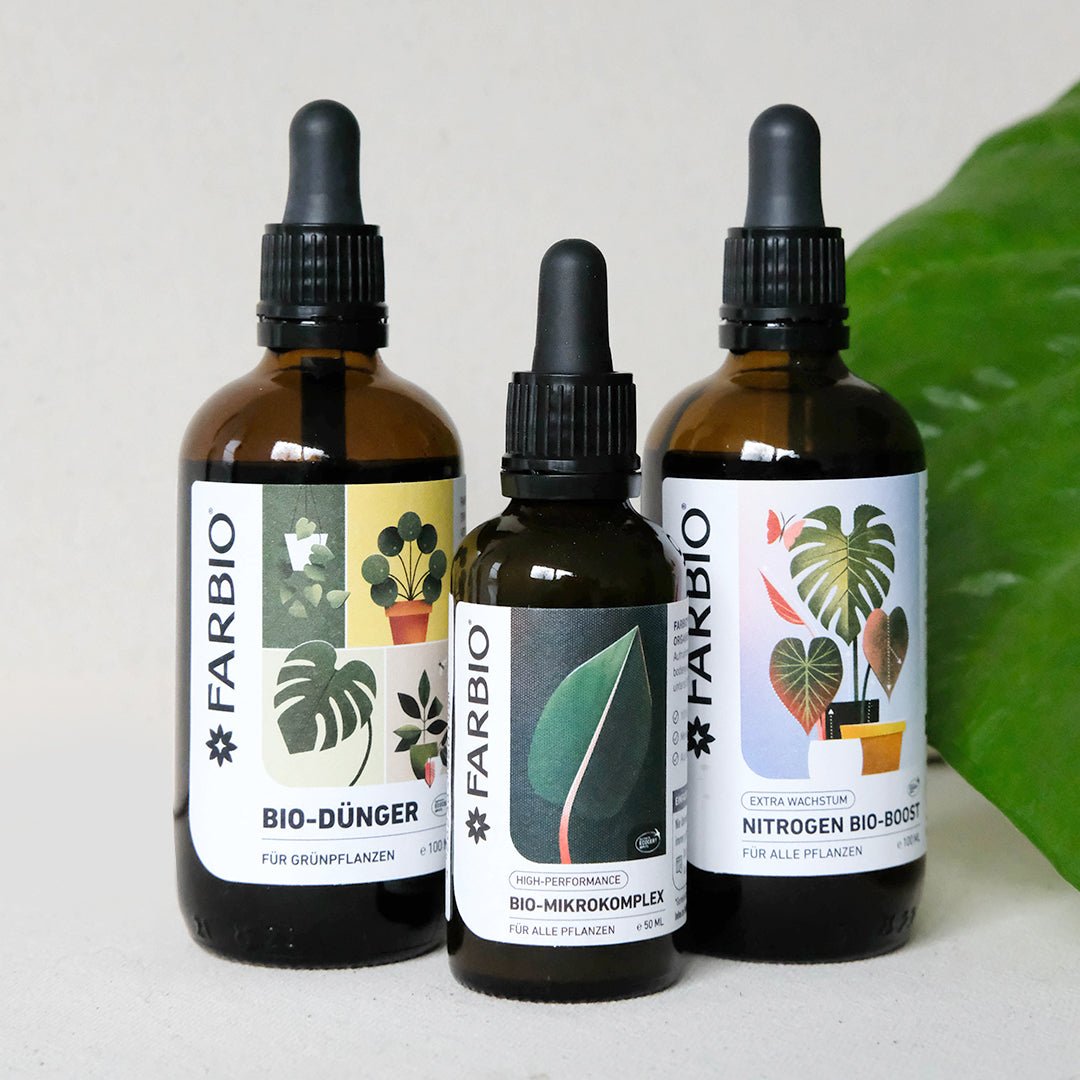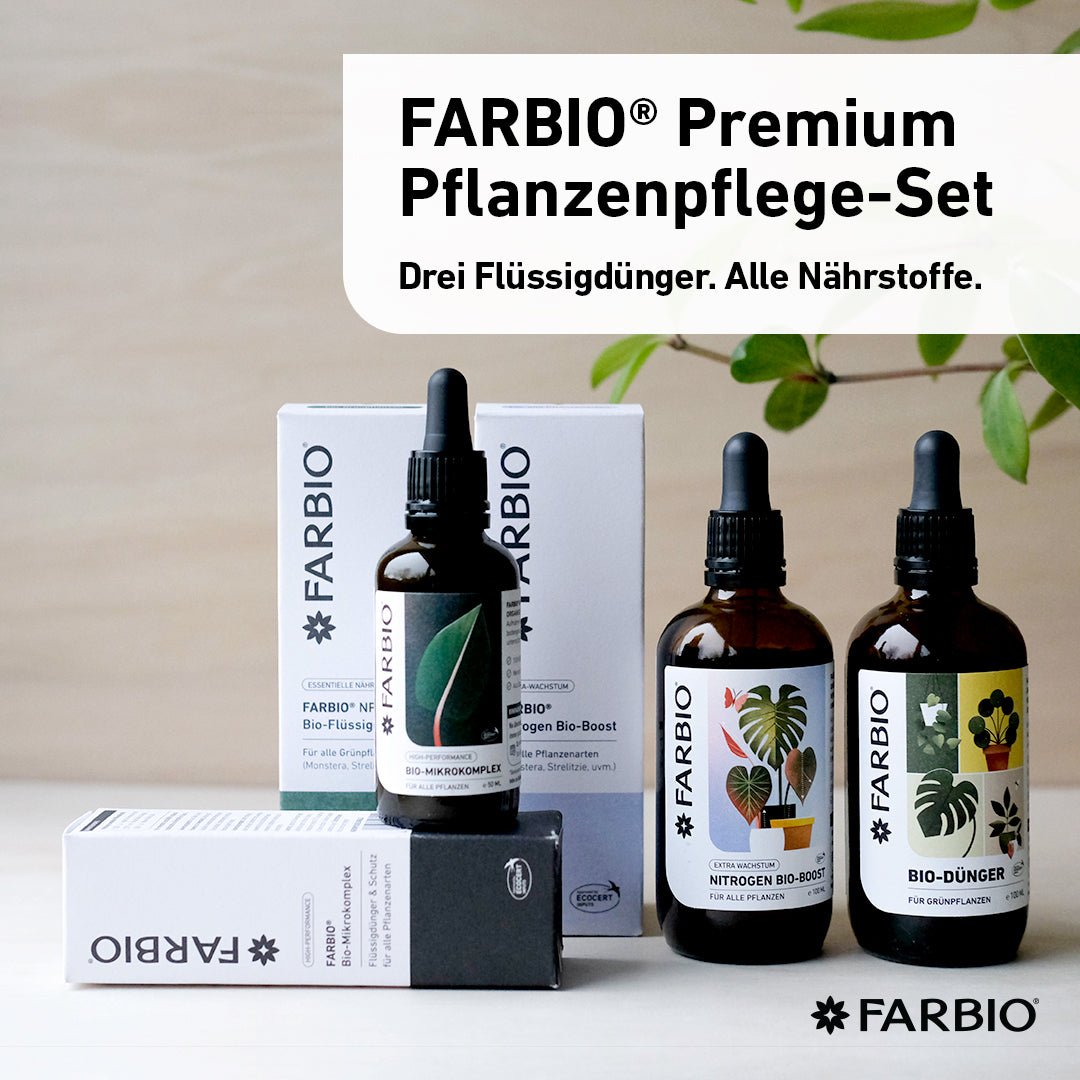Tillandsias fascinate everyone - they do not need soil to grow, only air. Of course they need water, which they absorb through the humidity. Find out everything you need to know about these interesting plants and how to make them thrive in your home in the following article.
origin and way of life air plants
Tillandsias belong to the bromeliad family (Bromeliaceae) and are mostly epiphytes. That means they grow as epiphytes on trees. The natural range of all tillandsia species is in tropical South America. They are divided into green and gray genera. The green tillandsia come from cool, damp areas and have no visible suction scales, which is why they are greener in colour. The thinner leaves are arranged in a funnel shape and the water is directed to the interior of the plant, where most of the small inconspicuous scales are located. The gray tillandsias have their origin in locations with less precipitation and high humidity. They grow high up in the treetops, always epiphytic and have many sucker scales, from which the gray-white color comes. As the name suggests, these soak up the water from the humidity and hold it.
Biodiversity of tillandsia
The gray tillandsia are the most common indoor plants. They come in different sizes and shapes - with more than 550 species. Tillandsia ionantha is a smaller species that grows in rosettes of white-greenish leaves. By multiplying them with children, larger round associations can grow, which can also be hung up nicely in the room. The Tillandsia usneoides forms small grey-green shoots that grow down from trees like a beard. Tillandsia xerographica can grow up to 30 cm tall and its gray leaves end up curling like small curls. A very filigree species is the Tillandsia fuchsii var. Gracilis , it grows like a tuft with thin grey-green leaves.
Tillandsia care & location
Tillandsias do not require much care. Most tillandsia prefer a very bright location, even in full sun. You can stand right by the window. As epiphytes, they do not form roots and do not need soil. You can hang them in front of your windows as a hanging plant or tie them to a decorative branch. Some species form roots as attachments and then grow around these branches. As such, you can place them anywhere and they will thrive. Only on an earth substrate it cannot grow, because there it would possibly start to mold. The temperature must not fall below 10 to 15 degrees.
Irrigation - spraying tillandsia
Since there is not high humidity in most apartments, tillandsia must be sprayed. You spray the plant several times a week using a spray bottle. Our glass spray bottles are perfect for spraying your plants regularly. You can tell from all tillandsias when it's time to add water again: their color then becomes lighter because their white suction scales stand up. An alternative watering method is to hold the plant under the running tap and let it water from all sides for a few minutes. You can also place the entire plant in a water bath for 20 minutes. Their color then appears rich green again. Generally they are
Fertilize tillandsia properly
Since the tillandsia does not sit in any substrate, you fertilize it with spray water or a water bath to provide the plant with sufficient nutrients. Our FARBIO® foliar fertilizers are simply mixed with water in a spray bottle and are therefore ideal for tillandsia. They should be watered with a nutrient solution of fertilizer and water every 4 weeks during the growing season.
flowering of indoor plants
Many species form beautiful flowers. However, it is not so easy to get tillandsia to bloom, because all the circumstances and requirements have to be right for this. Regular watering, fertilizing with liquid fertilizer and a good location with lots of light are a must!
propagate tillandsia
Tillandsias form offshoots - also called "Kindel". These can easily be separated from the mother plant. Depending on the type, the offshoots are then either attached to a new substrate. As a rule, the mother plant dies after the formation of the daughter plants.


